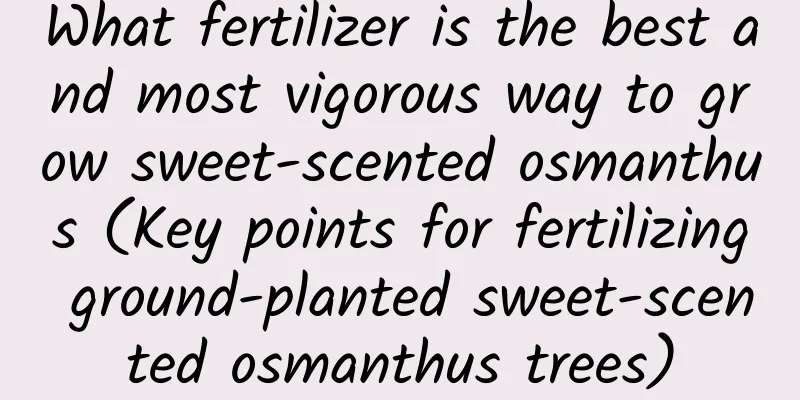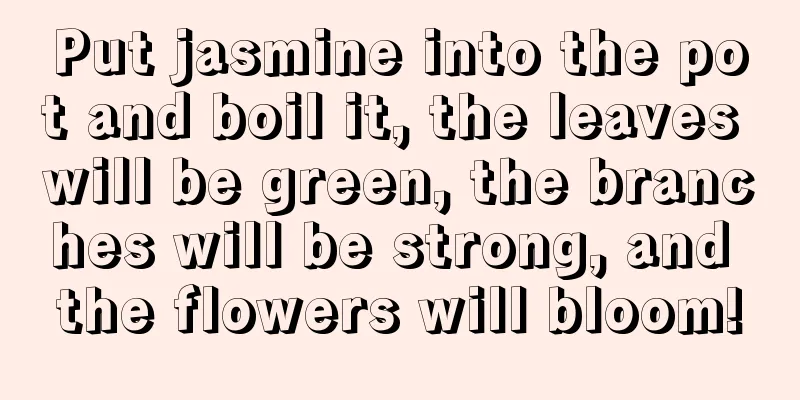Can waste tea leaves be used as fertilizer?

Waste tea leaves as fertilizerWaste tea leaves can be used as fertilizer, but it is generally not recommended to use it directly as fertilizer. It is best to let it ferment before use. This can help plant growth and allow plants to better absorb nutrients. Waste tea leaves can generally be used as flower fertilizer, and it is also very suitable for growing flowers because it is not very expensive and can be effectively utilized. Waste tea leaves can generally be used to maintain plants such as wisteria and cacti. How to make fertilizer from waste tea leaves1. Generally, you can mix the waste tea leaves and soil evenly in a certain proportion, then put it under the sun, add appropriate amount of water and seal it with plastic film. 2. If it is summer or autumn, it usually takes about a month to ferment successfully and then it can be used. Key points for using waste tea fertilizer1. When we use waste tea leaves as fertilizer, we should pay attention to the time of use. It is best to use it in the morning or at noon every time, which can help plants absorb nutrients quickly. 2. Generally, you should pay attention to the amount when using waste tea leaves. Using too much at one time will burn the roots of the plants. |
<<: Can plastic ash be used as fertilizer?
>>: Can dog urine be used as fertilizer?
Recommend
How to store blueberries
Storage method First of all, it needs to be store...
Lithops under the light are so beautiful
Introduction to Lithops In autumn, 3-4 year old L...
Flowers suitable for autumn
1. Hibiscus Hibiscus flowers have bright colors, ...
How to water the peace lily
in principle The peace lily needs a moist potting...
What is the best month to plant chicken feather vegetables? When is the best time to plant them?
Which month is suitable for planting chicken feat...
Cultivation methods and precautions of flower peony
1. Maintenance methods 1. Temperature: Judging fr...
Tips for pruning wolfberry trees
1. Summer pruning of wolfberry trees Wolfberry tr...
How to grow potted purple bamboo plum
1. Potted plant maintenance methods 1. Flower soi...
What to do if the leaves of the Dance of Elegance fall off
Reasons for leaf drop Sun exposure The Dancing Pl...
How long does it take from sowing to planting tomatoes (how big should the tomato seedlings be before they can be planted)
The period from when tomato seeds are sown to whe...
Can I grow cypress trees at home?
Can I grow cypress trees at home? You can plant c...
What are the benefits of keeping air plants at home?
Available for viewing Air plants can adhere to de...
High-yield technology of sweet potato planted upside down
After years of technological progress, sweet pota...
How to prune weeping willow
Weeping willow tree shape When pruning weeping wi...
The difference between Polygonatum sibiricum and Rehmannia glutinosa
1. Leaf Difference The leaves of Polygonatum sibi...









